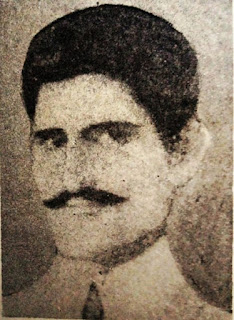Basava's Veerashaivism or Lingayatism

Union Home Minister Amit Shah recently unveiled the statue of Basavanna or Basava i n the premises of the Karnataka State Assembly. Basava was the founder of Veerashaivism or Lingayatism, an important Shaivite sect. This sect is famous more for its cult and social doctrines than for its theology, which is a “ qualified monism” . Basava was a minister of King Bijala Kalchuri who had founded a new dynasty after usurping the throne of the Chalukyas of Kalyani in A. D. 1156 . Basava opposed idolatry. In Lingayatism the only scared symbol is the linga of Shiva, a specimen of which is always carried on the person of the believer. Radical in his view, Basava completely rejected the Vedas and authority of the Brahmin class, and priesthood. Apart from opposing pilgrimage and sacrifice he instituted complete equality among his followers, even to the equality of women who were permitted to remarry on the death of their husbands. Among other Aryan practices which Basava condemn


,_Kolkata_(cropped).jpg)


